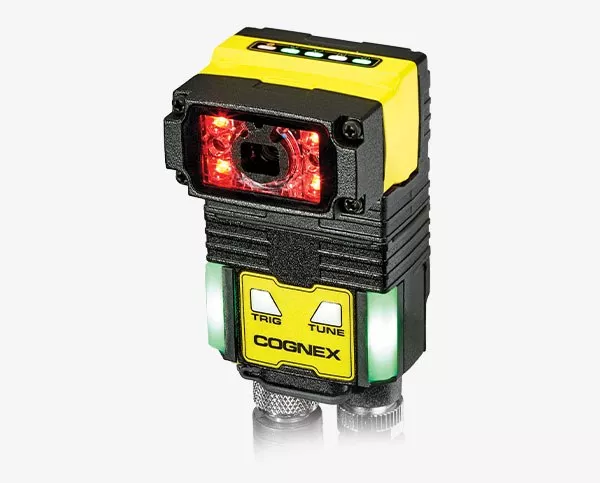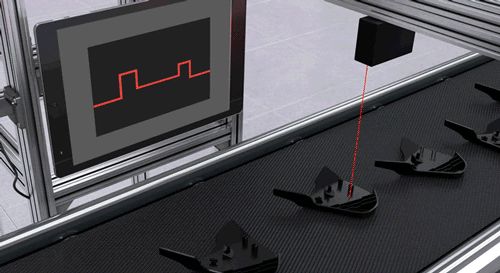COGNEX US In-Sight SnAPP Vision Sensor Pricing & Product Details
Ranked Nr. 252 of 126 2D Vision Systems
In-Sight SnAPP Vision Sensor Overview
What is In-Sight SnAPP Vision Sensor?
The In-Sight SnAPP vision sensor is designed to streamline manufacturing processes by automating quality control tasks. Utilizing pre-trained AI, this sensor enables manufacturers to perform error-proofing applications without needing prior experience. It offers stable detection and predictive maintenance capabilities, enhancing machine performance and continuous improvement in production lines.
The sensor's standout features include high accuracy and the ability to detect subtle anomalies, eliminating false positives and negatives. Its flexible capabilities allow it to handle a wide range of inspection tasks, from simple presence/absence detection to more complex quality inspections. The In-Sight SnAPP's browser-based interface and no-code training make it easy to set up and deploy, reducing downtime and simplifying modifications without hardware changes.
Applications of the In-Sight SnAPP are diverse, addressing various error-proofing tasks across different industries. It can be integrated to replace multiple conventional sensors, streamlining operations and reducing costs. The sensor’s intuitive user interface enables users to create new jobs easily, facilitating agile production processes and minimizing manual errors for optimized performance.
What applications is In-Sight SnAPP Vision Sensor product best for?
1. Presence/absence detection: A vision sensor's primary function is to detect an object's presence or absence within a specified region of interest. The output for these types of applications is typically binary, such as “yes/no,” “pass/fail,” or “OK/NG,” and can be used in both product and process-related tasks.
2. Process monitoring: Vision sensors ensure an automated system is running correctly and reduce errors in machine setup. For example, they verify that the system is diverting bad parts, communicating the right information to a centralized database and that parts are coming through the line as intended.
3. Sortation: At the most fundamental level, vision sensors perform binary classification. However, they also run multi-class inspections to sort defects into different categories based on multiple features or characteristics and correctly identify parts with variation.
4. Assembly verification: Vision sensors recognize multiple types of components in varying layouts and configurations to automate assembly, or completeness, checks. They locate and confirm whether components are present and correct and identify damaged or missing parts in kitted products.
5. Optical character recognition: In OCR applications, vision sensors convert alphanumeric text into a machine-readable format for traceability purposes. They can decipher different font types and read characters on reflective, low-contrast, and non-flat surfaces.
6. Object counting: Vision sensors are used in counting applications to verify the correct number of components in a kit or packaged assembly. Similarly, they are also used to ensure parts move down production lines at the correct rate to achieve capacity and throughput targets.
7. Identification: With the ability to read a variety of 1D and 2D barcodes, vision sensors enable manufacturers and logistics facilities to track and trace parts. They interpret codes into usable information, which is then transferred to a centralized system where it can be used to track inventory and shipments, verify product authenticity, and manage returns and recalls.
What are the specifications of In-Sight SnAPP Vision Sensor?
| Image Type |
|



